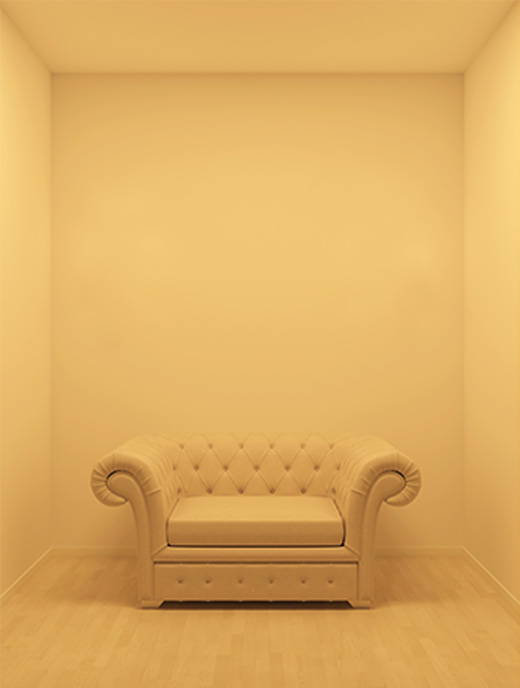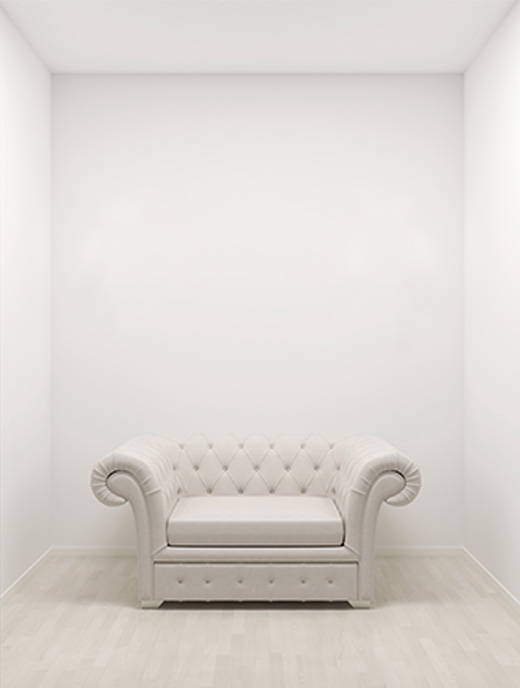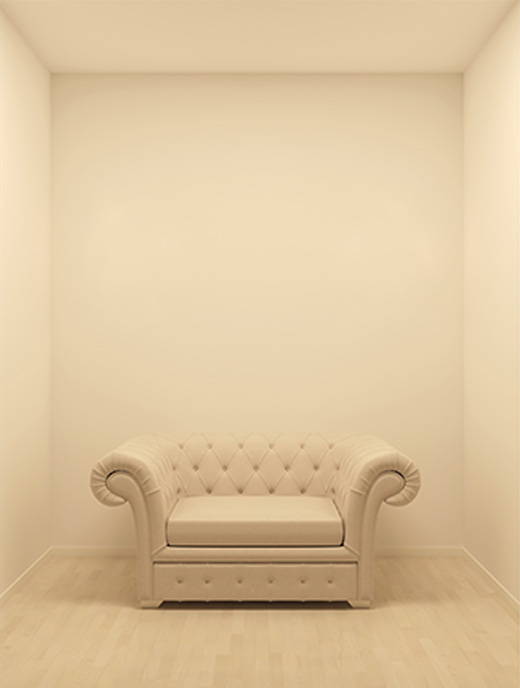When is “white light” not just white light? When selecting LED strip lights for your home or for your office. Say hello to the concept of color temperature, the industry standard for measuring color tone and appearance. To make the most of your LED strip lights, getting the color temperature right—that is, picking the most complimentary color tone for your installation—is no small matter. HitLights is your one-stop shop for getting your lights in the color temperature that will make any LED strip light installation shine bright!
What is color temperature and why is it important?
Color temperature is a measurement of light in degrees Kelvin that corresponds to how we perceive the color tone of the light, for example, warm light color or clear, bright light color. A lower Kelvin degree rating on a light is generally considered warmer and softer; a higher degree Kelvin rating is more clear and more bright. For comparison, the light from a candle has a Kelvin rating of 1850; daylight at noon on a summery, cloudless day has a Kelvin rating of 6500.
When you see the color temperature ratings of LED strip lights, those will give you an indication of the relative warmth or clarity of the light and what color it will cast as it is illuminated (more on this in a moment.)
Understanding color temperature is important because it determines the look and feel of the lights and how well the color they emit will compliment or enhance the space where they are installed. Do you want soft lighting? Warm lighting? Bright, “crisp” lighting? Not sure? Confused what any of that even means? All will become clear—clear as premium 5000k white lights beaming at their brightest. (Sorry—just a little LED dad joke there.)
It's not so simple to say “white light”
We’ve used this example before, but it is such a great explanation. Let’s say you’re going to paint a room white. You get to the hardware store and look for a white paint chip. Pretty quickly you’ll see all the white paint chips—all the dozens and dozens of them. Do you like Navajo white? Cool Vanilla? Bright white? Dove white? Cold cream white? All these are real paint names, by the way, and you either know from experience or know instinctively that each white paint in our example will vary slightly. If you hold the paint chips up next to each other, you will see in fact that the whites are not the same (and you can chuckle at all the creative names for white tones.)
Staying with our room painting scenario a moment more, once you’ve looked over all the paint chips, you’ll next have to reflect on what kind of white you’ll want your room to be? Is this a cozy space where you’ll want a warm white to soften the appearance of the room? Is this a modern space that needs an ultra-white gleam to the walls? Are the walls textured—crying out for a creamy white that will enhance the slight variations across the space? As you contemplate all these choices and variations, bring your thinking back to our beloved LED strip lights and our color temperature discussion. The same kinds of choices and considerations you made in our paint example carry over to our LED strip lights. The same decisions you make for the wall paint in a room translate to similar decisions you make for LED strip lights. Even if you want to simply say “just gimme some white paint” it doesn’t have to be complicated, and in fact we’re going to break down the color temperatures even more.




